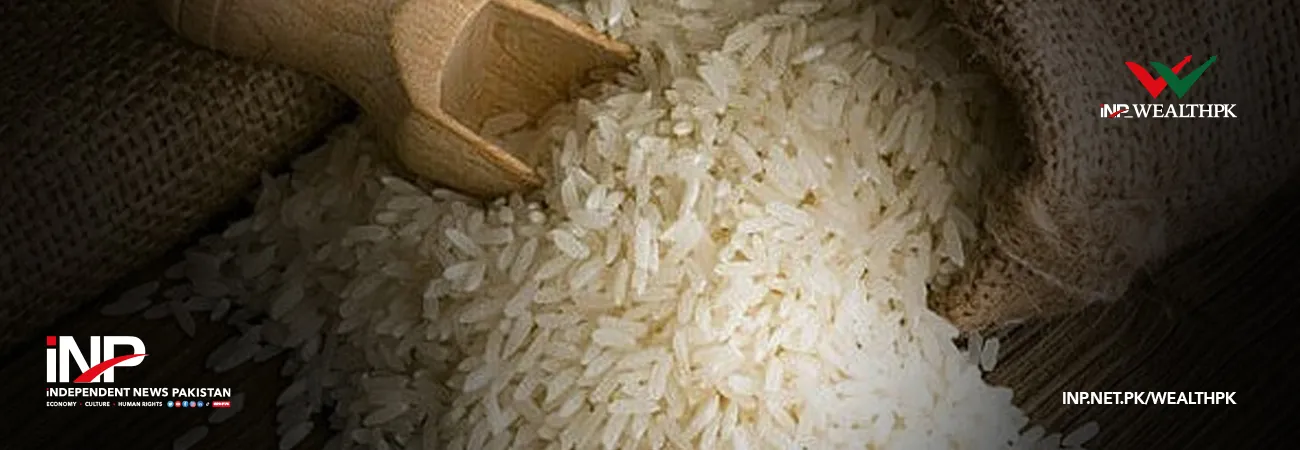INP-WealthPk
By Samia Khalid
ISLAMABAD, April 28 (INP-WealthPK): Pakistan offers substantially lower sea freight costs and an economical route to key global markets, according to the CPEC Authority.
The China-Pakistan Economic Corridor (CPEC), as a part of the Belt and Road Initiatives (BRI), is pushing to connect China with Africa and Asia. In this context, six areas of CPEC development have been identified by the Government of Pakistan, namely ‘Economic Development’, ‘Trade and Access to Markets’, ‘Agricultural Development’, ‘Economic Sustainability’, ‘Resources that Facilitate Gwadar City’ and ‘Poverty Eradication’.
In Pakistan, CPEC is estimated to generate 2.5% of the average annual overall economic development of the country, and create employment opportunities, WealthPK reported. Since Pakistan’s trade was usually limited to the Americas and Europe in terms of commodities and trading partners, it was necessary to expand the country’s regional trade base, which would boost CPEC’s growth.
On the economic front, the cost of western and central China’s international trade with Central Asia, the Middle East, Europe, and Africa will be reduced. China is forming the Kashgar special economic zone (SEZ), and its location is ideal for this typical economic route. With the completion of components of the western alignment of CPEC, this route will become the most economical route for Central Asian countries.
According to the CPEC Authority, Pakistan offers substantially better and lower sea freight rates to two of the largest import destinations. The sea freight charges can be from 2% to 10% of the unit cost, depending on the product. The cost savings on sea freight can materially reduce costs for transacting parties and make product pricing competitive. Pakistan provides access to trade routes to the Middle East, Africa, and the rest of the world. Therefore, under CPEC, trade moving inland can get access to China, the Central Asian States, and beyond Russia.
The sea freight costs per 40-foot container via Pakistan are substantially lower compared to China. If imported from Pakistan, the freight costs 4,000 euros per large container to European Union (EU) destinations, compared to 15,000 euros from China. Similarly, these rates are 6,700 euros on the case of the United States East Coast and 12,500 euros from Chinese ports to the US.
 These freight rates are also lower than those in India, Bangladesh, and Cambodia. Sea freight cost reductions can help transacting parties cut expenses and make product pricing more competitive. Similarly, Pakistan’s workforce is two times less expensive as compared to China's. This opens up more possibilities for the reallocation of China’s leading industries to Pakistan.
According to the CPEC Authority, China has decided to move into a more sophisticated and high-tech-driven textile and apparel industry and engage in more value-added functions under its 2021-25 plan.
Pakistan is providing a 100% exemption on income tax for 10 years, a duty-free import of all plants, machinery, and equipment, and customs and other duty exemptions available for export-oriented raw materials. However, the government has removed tax breaks on the import of machinery and plants, including those for export promotion zones.
It is expected that Pakistan will generate a billion dollars in transit revenue per annum, leading to hundreds of thousands of employment opportunities. Because all it requires is lower sea freight, the development of Gwadar Port is advantageous in terms of connectivity and provides a beneficial trade transit route.
These freight rates are also lower than those in India, Bangladesh, and Cambodia. Sea freight cost reductions can help transacting parties cut expenses and make product pricing more competitive. Similarly, Pakistan’s workforce is two times less expensive as compared to China's. This opens up more possibilities for the reallocation of China’s leading industries to Pakistan.
According to the CPEC Authority, China has decided to move into a more sophisticated and high-tech-driven textile and apparel industry and engage in more value-added functions under its 2021-25 plan.
Pakistan is providing a 100% exemption on income tax for 10 years, a duty-free import of all plants, machinery, and equipment, and customs and other duty exemptions available for export-oriented raw materials. However, the government has removed tax breaks on the import of machinery and plants, including those for export promotion zones.
It is expected that Pakistan will generate a billion dollars in transit revenue per annum, leading to hundreds of thousands of employment opportunities. Because all it requires is lower sea freight, the development of Gwadar Port is advantageous in terms of connectivity and provides a beneficial trade transit route.













